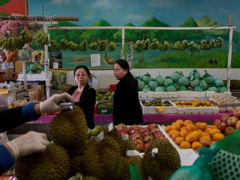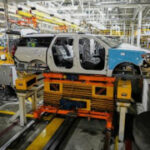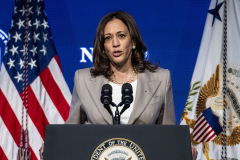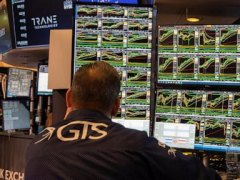HO CHI MINH CITY, Vietnam — Vietnam on Wednesday marked the 50th anniversary of the end of the war with the United States and the formation of the modern nation through the merger of North and South Vietnam.
Thousands had flocked to Ho Chi Minh City — once known as Saigon — to witness the military parade near the Independence Palace, where the war ended when a North Vietnamese tank smashed through its gates. The celebrations — performances by artists, speeches by leaders and former soldiers, and a squadron of jets — focused not just on the past but on the future.
“National reconciliation does not mean forgetting the history or erasing differences, but accepting different perspectives in tolerance and respect, to work towards a greater goal: building a peaceful, unified, powerful, civilized and prosperous Vietnam,” Communist Party general secretary To Lam said in an article published on a government website.
He said that the war had historical roots and had resulted in divisions in the country, but now Vietnam was armed with “lessons of its past.”
The emphasis on reconciliation and not, like previous years, on military victory reflected how Vietnam was approaching the changing tides of the global economy and geopolitics today, said Nguyen Khac Giang, an analyst at Singapore’s ISEAS–Yusof Ishak Institute. He added that the Vietnam War remains central to how the Communist Party framed its legitimacy, not just as a military triumph but also as a symbol of national unity. But To Lam’s comments underlined that the reconciliation remains unfinished.
“The war still defines Vietnam’s unity, and its unresolved divides,” Giang said.
Pham Ngoc Son is a 69-year-old veteran who was an army truck driver bringing troops and supplies from the north to the south through the Ho Chi Minh trail — the secret route used by North Vietnam. He’s on a weeklong tour of the city, which he remembers entering as a part of the northern troops that took over.
He said he cherished those memories and couldn’t describe





